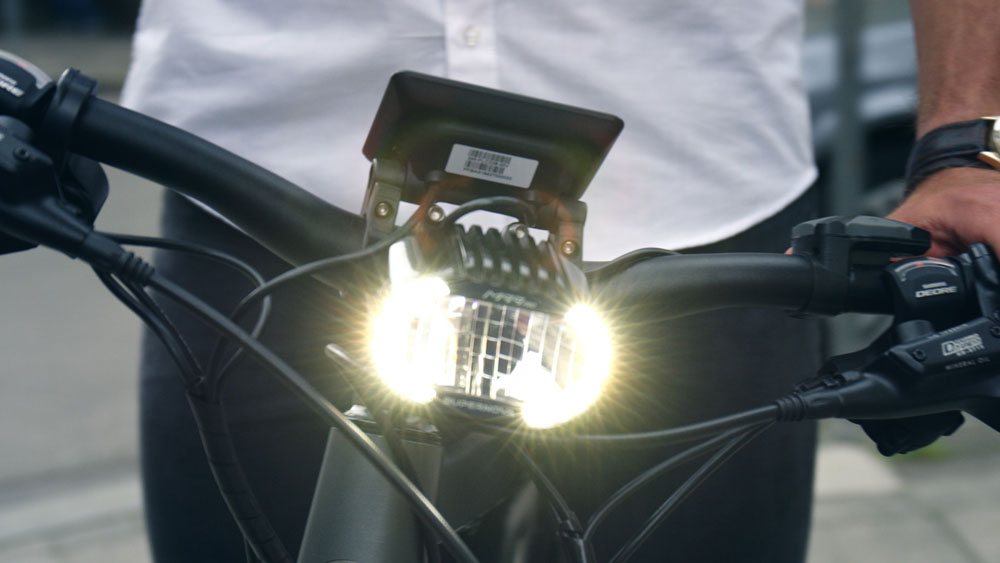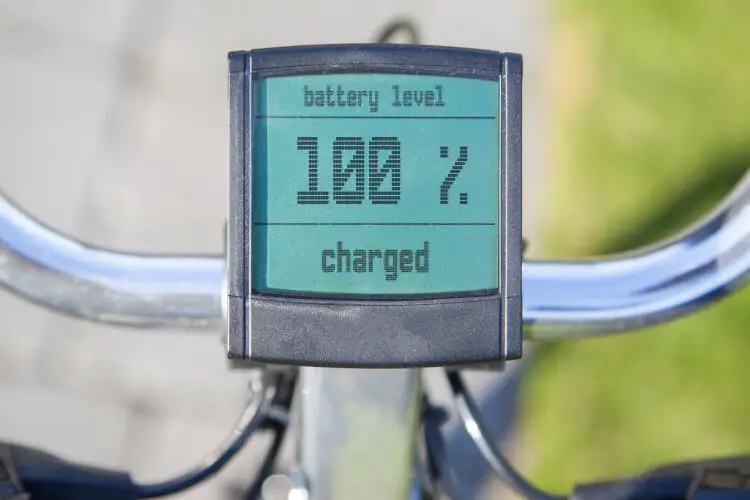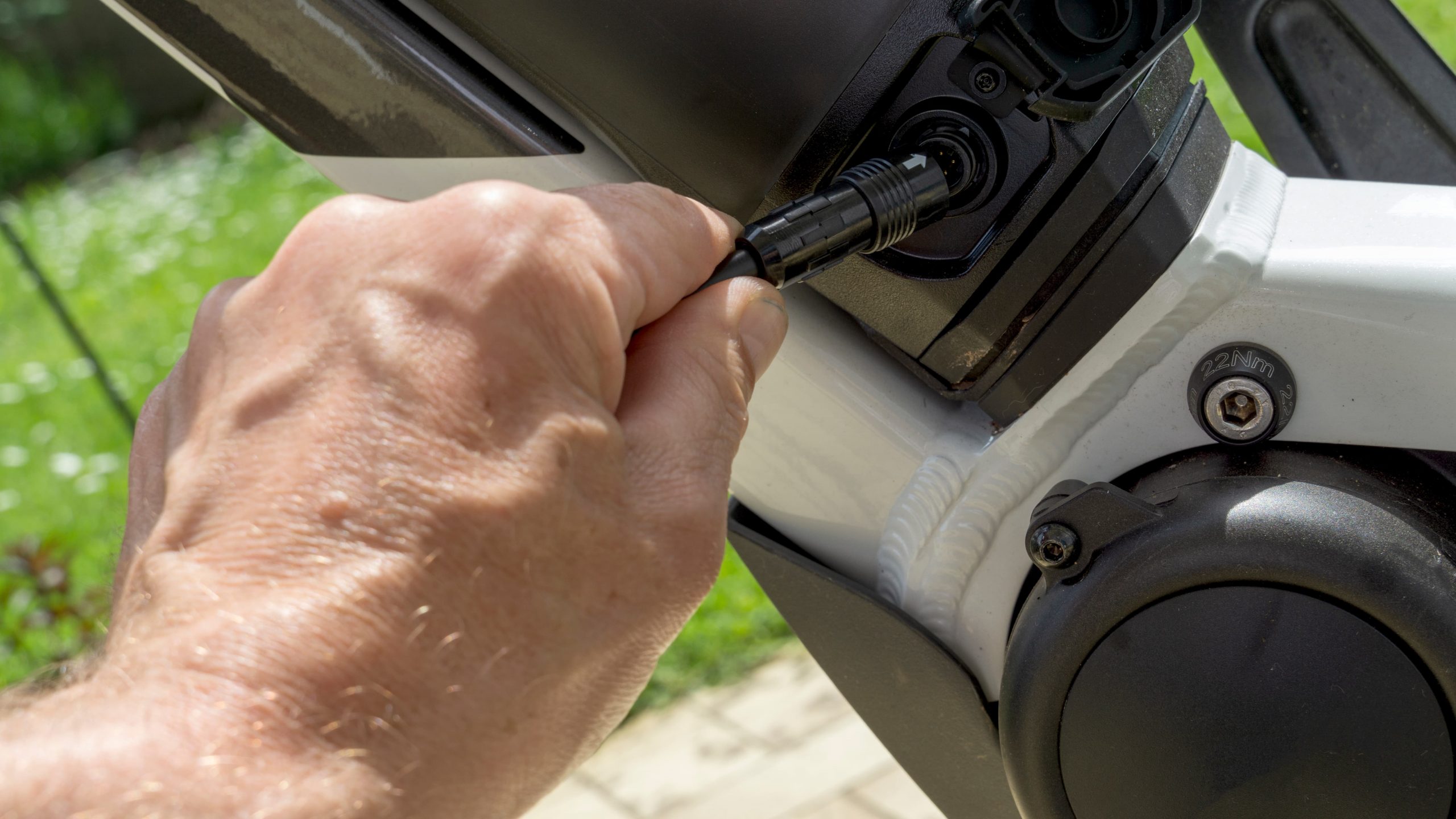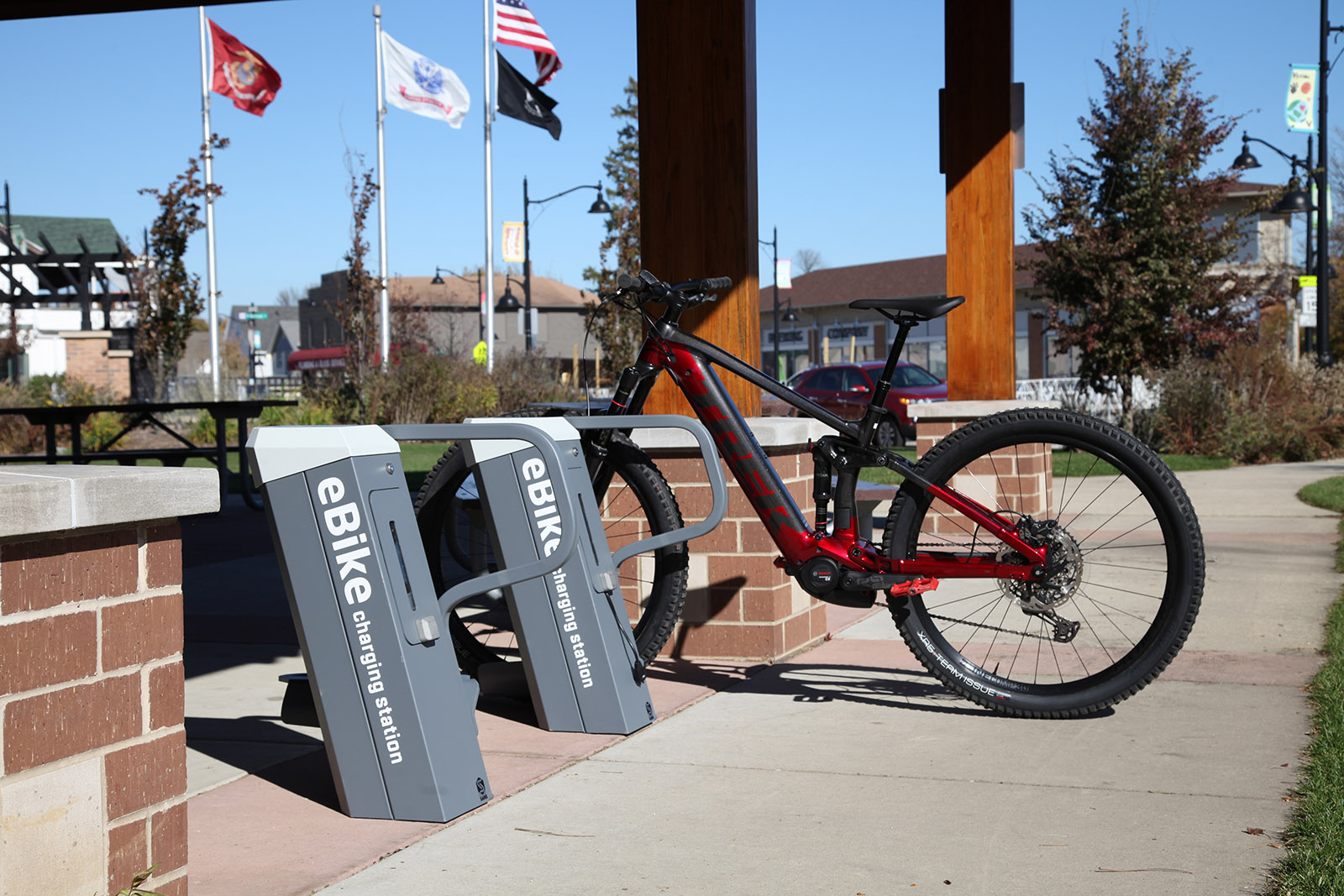The Art of Charging Your Electric Bicycle: An Overview
Electric bikes, or eBikes, have gained popularity in recent years due to their eco-friendly nature and convenience. To ensure optimal performance and longevity, it is crucial to charge your eBike properly. Proper charging habits and techniques significantly impact the battery’s life and overall efficiency. This article will explore the best practices for charging your eBike, addressing various aspects of eBike charging to help you make the most of your investment.
Understanding Electric Bike Batteries: Types and Characteristics
A crucial aspect of charging your eBike properly involves understanding the different types of batteries available and their unique characteristics. The two most common eBike battery types are lithium-ion and lead-acid. Each has its advantages and disadvantages, which impact performance, weight, cost, and environmental impact.
Lithium-ion Batteries
Lithium-ion (Li-ion) batteries are popular in eBikes due to their high energy density, low self-discharge rate, and minimal maintenance requirements. They offer a longer lifespan, lighter weight, and more compact design compared to lead-acid batteries. Li-ion batteries are more expensive but generally provide better value in the long run due to their extended lifespan and efficiency.
Lead-acid Batteries
Lead-acid batteries are a more affordable option, but they are heavier and have a shorter lifespan than lithium-ion batteries. They also require regular maintenance, such as equalization charges to prevent sulfation. Despite these drawbacks, lead-acid batteries remain a viable choice for budget-conscious eBike users.
Factors Affecting Battery Life
Several factors influence eBike battery life, including capacity, discharge rate, and temperature. Battery capacity refers to the amount of energy a battery can store, usually measured in amp-hours (Ah). A higher capacity battery will provide a longer range but will also be heavier and more expensive. Discharge rate, or the speed at which a battery supplies power, affects overall battery life. Rapid discharging can reduce battery life, while slower discharging can extend it. Temperature also plays a significant role in battery life; extreme temperatures, both hot and cold, can negatively impact battery performance and lifespan.

How to Charge Your eBike Properly: Step-by-Step Instructions
Charging your eBike properly is essential to ensure optimal performance, longevity, and battery efficiency. By following a few simple steps, you can maximize your eBike’s battery life and enjoy a smooth, hassle-free riding experience. Here is a comprehensive guide on how to charge your eBike correctly.
Selecting the Right Charger
Ensure that you use the appropriate charger designed for your eBike’s battery type. Using the wrong charger can lead to damage or reduced battery life. Check your eBike’s user manual for specific charger recommendations. Genuine manufacturer chargers are typically the best choice, as they are specifically designed for your eBike’s battery and meet safety standards.
Preparing the Battery
Before charging, ensure that your eBike battery is at room temperature, as extreme temperatures can negatively impact charging efficiency. Remove any dust or debris from the battery terminals to prevent short-circuits. If your eBike has a removable battery, take it out of the bike and connect it to the charger. If your eBike’s battery is integrated, locate the charging port and attach the charger directly to the bike.
Monitoring the Charging Process
Connect the charger to a power source and monitor the charging process. Most eBike chargers have indicator lights that show the charging status. A common practice is to charge your eBike overnight, but this may not be necessary with modern eBike chargers, which often feature built-in safety mechanisms to prevent overcharging. Avoid leaving your eBike unattended while charging, especially for the first time, to ensure that the charging process proceeds without any issues.
Understanding Charging Times
Charging times vary depending on the battery type and capacity. Lithium-ion batteries typically take between 3 to 6 hours to charge fully, while lead-acid batteries may require up to 12 hours. It’s essential to follow the manufacturer’s recommendations for charging times to avoid damaging the battery or reducing its lifespan. Keep in mind that charging your eBike’s battery more slowly, within the recommended time frame, can help extend its overall life.
Storing Your eBike
When storing your eBike for extended periods, ensure that the battery is at around 50-70% charge. Storing a fully charged battery can lead to a reduced lifespan, while storing a deeply discharged battery can cause irreversible damage. Regularly check the battery’s charge level and top it up if necessary.
Charging Habits and Techniques
Developing good charging habits is crucial for maintaining your eBike’s battery health. Avoid deep discharges, as they can strain the battery and reduce its lifespan. Instead, consider partial charging when your battery level drops below 50%. This practice can help maintain the battery’s overall health and extend its lifespan. Additionally, avoid overcharging, as it can lead to battery degradation and reduced efficiency.
By following these step-by-step instructions, you can charge your eBike properly and ensure optimal performance, longevity, and battery efficiency. Remember to always consult your eBike’s user manual for specific charging instructions and recommendations.

Creating a Charging Schedule: Tips and Recommendations
Establishing a charging routine tailored to your eBike usage patterns is essential for maintaining battery health and maximizing its lifespan. By following a few simple guidelines, you can create a charging schedule that suits your needs and ensures optimal eBike performance. Here are some tips and recommendations for charging your eBike properly.
Partial Charging
Partial charging is a technique that involves topping up your eBike battery when it reaches approximately 50% charge. This practice can help maintain the overall health of the battery and extend its lifespan. Instead of waiting for the battery to fully deplete before recharging, consider charging it more frequently in smaller increments. This approach can help minimize the stress on the battery and reduce the risk of deep discharges, which can negatively impact battery life.
Deep Discharge Prevention
Deep discharges, where the battery is allowed to drain completely, can strain the battery and reduce its lifespan. To avoid deep discharges, monitor your eBike’s battery level and recharge it when it reaches around 20-30%. This practice can help maintain the battery’s overall health and ensure consistent performance. However, avoid charging the battery too frequently, as this can lead to overcharging and battery degradation.
Avoiding Overcharging
Overcharging can lead to battery degradation and reduced efficiency. Modern eBike chargers typically have built-in safety mechanisms to prevent overcharging, but it’s still essential to monitor the charging process. Avoid leaving your eBike unattended while charging, especially for the first time, to ensure that the charging process proceeds without any issues. If your eBike has a removable battery, consider unplugging the charger once the battery reaches full charge to prevent overcharging.
Consider Your Usage Patterns
Analyze your eBike usage patterns to determine the most suitable charging schedule. If you use your eBike daily, consider charging it overnight or during off-peak hours to take advantage of lower electricity rates. If you use your eBike less frequently, you can charge the battery when it reaches around 50% charge to maintain its overall health. Adjust your charging schedule based on your specific needs and usage patterns to ensure optimal battery performance and longevity.
By following these tips and recommendations, you can create a charging schedule that suits your individual eBike usage patterns and helps maintain battery health. Remember to always consult your eBike’s user manual for specific charging instructions and recommendations.

Maximizing Battery Life: Best Practices and Maintenance Tips for Charging your eBike Properly
Maintaining the battery life of your electric bike is crucial for ensuring optimal performance and longevity. Proper storage, temperature management, and regular maintenance checks are essential components of maximizing battery life. By following these best practices and maintenance tips, you can extend the lifespan of your eBike battery and ensure consistent performance.
Proper Storage
When storing your eBike for an extended period, it’s essential to charge the battery to around 50-70% and store it in a cool, dry place. Avoid storing the battery in extreme temperatures, as this can negatively impact its performance and lifespan. Regularly check the battery during storage to ensure that it’s holding a charge and not developing any issues.
Temperature Management
Temperature plays a significant role in eBike battery performance and lifespan. Avoid exposing your eBike battery to extreme temperatures, as this can lead to reduced efficiency and accelerated degradation. Store your eBike in a cool, dry place during the off-season, and avoid charging the battery in direct sunlight or in extremely hot or cold environments. Maintaining a moderate temperature range can help ensure optimal battery performance and longevity.
Regular Maintenance Checks
Regularly inspect your eBike battery for signs of wear, damage, or corrosion. Check the battery terminals for any buildup of dirt or debris, and clean them as needed. If you notice any issues with the battery, such as reduced range or charging problems, consult your eBike’s user manual or seek professional assistance to diagnose and resolve the problem.
Using Genuine Manufacturer Parts and Accessories
When replacing or upgrading your eBike battery, always use genuine manufacturer parts and accessories. These components are specifically designed for your eBike and are guaranteed to work correctly. Using aftermarket or non-compatible parts can lead to reduced performance, reduced battery life, and potential safety issues.
By following these best practices and maintenance tips, you can maximize the lifespan of your eBike battery and ensure consistent performance. Remember to always consult your eBike’s user manual for specific battery care instructions and recommendations.

Troubleshooting Common Charging Issues: A Practical Guide to Charging your eBike Properly
Charging your eBike properly is crucial for ensuring optimal performance and longevity. However, charging issues can arise, leading to reduced battery life or performance. By understanding common charging problems and their solutions, you can diagnose and resolve these issues, ensuring consistent performance and maximizing battery life.
Slow Charging
Slow charging can be caused by a variety of factors, including a faulty charger, a damaged battery, or a dirty battery terminal. To resolve this issue, try cleaning the battery terminals, checking the charger for damage, and ensuring that the battery is compatible with the charger. If the issue persists, consult your eBike’s user manual or seek professional assistance.
No Charging
If your eBike is not charging at all, the issue may be a faulty charger, a damaged battery, or a blown fuse. Check the charger for damage, inspect the battery for signs of wear or damage, and ensure that the fuse is intact. If the issue cannot be resolved, consult your eBike’s user manual or seek professional assistance.
Overcharging
Overcharging can lead to reduced battery life and performance. To avoid overcharging, establish a charging routine tailored to your individual eBike usage patterns. Avoid charging the battery to 100% and disconnect the charger once the battery is fully charged. Regularly check the battery for signs of wear or damage, and consult your eBike’s user manual for specific charging instructions and recommendations.
Preventing Deep Discharge
Deep discharge can lead to reduced battery life and performance. To prevent deep discharge, avoid allowing the battery to fully discharge before recharging. Regularly charge the battery, even if it has not been fully depleted, to maintain optimal battery health. Consult your eBike’s user manual for specific recommendations on preventing deep discharge.
By understanding common charging issues and their solutions, you can diagnose and resolve problems with your eBike battery, ensuring consistent performance and maximizing battery life. Remember to always consult your eBike’s user manual for specific charging instructions and recommendations, and seek professional assistance when needed.

eBike Charging Etiquette: Rules and Considerations for Shared Spaces
Charging your eBike properly is not only about maximizing battery life and performance, but also about being considerate of others in shared spaces. As eBike usage continues to grow, it is essential to understand the social aspects of charging, particularly in apartment buildings, office environments, and other shared spaces.
Respecting Shared Spaces
When charging your eBike in a shared space, be mindful of the area and ensure that you are not blocking access or creating a safety hazard. Keep the charging area clean and free of clutter, and avoid leaving the charger unattended for extended periods.
Charging Etiquette
To minimize inconvenience to others, establish a charging routine that considers the needs of those around you. Avoid charging your eBike during peak hours, and consider charging it in a less busy area if possible. Be respectful of noise levels, and avoid disturbing others while charging your eBike.
Safety Considerations
When charging your eBike in a shared space, prioritize safety above all else. Ensure that the charging area is well-ventilated, and avoid charging the battery near flammable materials. Always use the charger provided by the eBike manufacturer, and follow the instructions carefully to avoid any safety hazards.
By understanding the social aspects of eBike charging and practicing good charging etiquette, you can ensure a positive experience for yourself and those around you. Remember to always prioritize safety, respect shared spaces, and be considerate of others when charging your eBike in a shared environment.
.jpg)
The Future of eBike Charging: Emerging Technologies and Trends
As eBike usage continues to grow, so does the demand for more efficient and convenient charging solutions. Charging your eBike properly is no longer limited to plugging it into a wall outlet. Innovative technologies and trends are transforming the way we charge our eBikes, making the process faster, more accessible, and more sustainable.
Wireless Charging
Wireless charging technology is becoming increasingly popular in various industries, and eBikes are no exception. With wireless charging, eBike riders can simply park their bikes over a charging pad, eliminating the need for cables and connectors. This technology not only offers convenience but also reduces wear and tear on charging ports and cables.
Regenerative Braking
Regenerative braking is a technology that converts kinetic energy into electrical energy, extending the range of eBikes and reducing the need for frequent charging. When a rider applies the brakes, the energy generated from the braking process is captured and stored in the battery, providing an additional source of power.
Solar-Powered Solutions
Solar-powered charging solutions are an eco-friendly and sustainable way to charge eBikes. By installing solar panels on eBike charging stations, riders can harness the power of the sun to charge their batteries. This technology is particularly useful for those who frequently ride in sunny climates or need to charge their eBikes while on the go.
Smart Charging
Smart charging technology enables eBike riders to monitor and control their charging process remotely, using smartphone apps or other connected devices. This technology not only offers convenience but also helps riders optimize their charging habits, reducing energy consumption and extending battery life.
The Potential Impact of Emerging Technologies
These emerging technologies have the potential to transform the eBike charging process, making it faster, more accessible, and more sustainable. By reducing the need for frequent charging and offering more convenient charging solutions, these innovations can help increase eBike adoption and usage, ultimately contributing to a more sustainable and eco-friendly transportation future.
Charging your eBike properly is no longer limited to plugging it into a wall outlet. With wireless charging, regenerative braking, solar-powered solutions, and smart charging technology, eBike riders can enjoy faster, more accessible, and more sustainable charging options. By staying up-to-date with the latest advancements in eBike charging technology, riders can optimize their charging habits, extend battery life, and contribute to a more sustainable transportation future.


